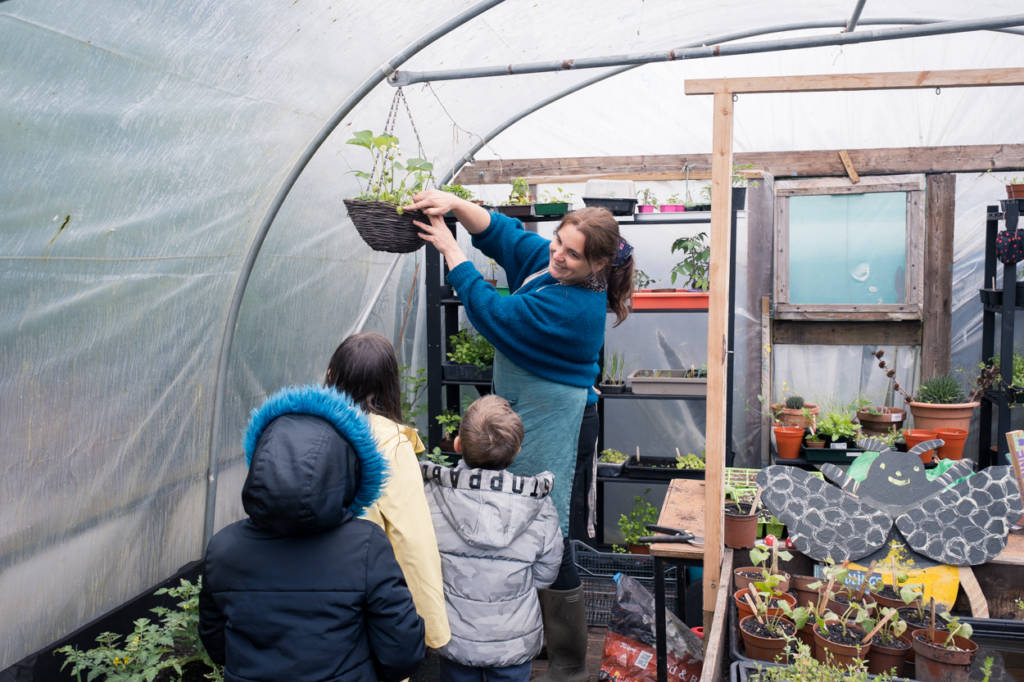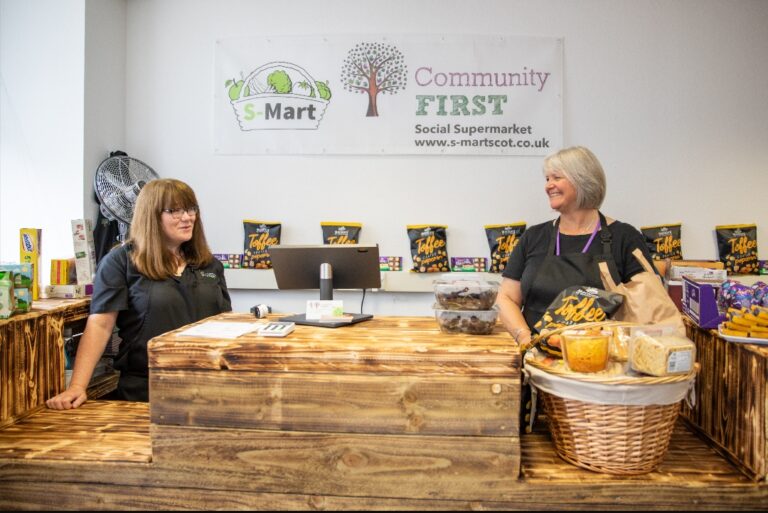
Last week, we held an information session about CULTIVATE—a regional leadership programme for Creative Practitioners and communities to collaboratively engage, create and produce locally relevant work, with a climate and social justice lens, across the Tay region. We talked about the 6 commissions and application process, and answered your questions.
Follow this Vimeo link to watch the video recording of the presentation—you can find the slide deck of the presentation here—and below a summary of all the questions and answers shared afterwards.
You can read more about the project and how to apply in this Application Pack—deadline is on Wed 23 June 2021, midnight. If you have any question after reading this pack or need support through the application process, please do get in touch: claire@creativedundee.com.
- Are the commissions really ‘open to all creative backgrounds’?
We use Creative Scotland’s definition of Creative Practitioners; to simplify this, we say artists, designers and makers, but really we mean anybody who has a creative practice. These commissions are great opportunities to show how your creative practice/toolkit can be utilised to meaningfully engage with our communities and make something interesting happen—collaboratively, locally and sustainably.
- What do you mean by ‘using your creative toolkit’ to engage with communities?
By ‘creative toolkit’, we mean your creative approach, skills and tools. The commissions are about using culture and creativity to respond to the environmental crisis that we are facing, alongside resulting social injustice. In your application, we want to know about your values, methods, knowledge and skills, with a focus on the things that you have in your creative toolkit and that you want to bring to the project.
- Is it possible for a creative duo or collective to apply as the ‘Creative Practitioner’?
[EDITED ANSWER] After much consideration and confirmation from our funders, we’re delighted to let you that we are now able to accept joint applications from two individual freelancers as well as solo applicants. This will be for two individuals maximum – unfortunately organisations are unable to apply, as this project is supported through the Scottish Government Covid-19 relief funds for creative practitioners.
- Can you do multiple applications?
It’s a lot of work to apply more than once; we’d recommend putting your focus on one application for the Community Partner you want to work with, but you’re welcome to apply to more if you’re really keen.
- Can you apply if you work in the area, but don’t live there?
Yes! We’ve specifically said “those who have made their life in the Tay region” to keep this open.
- How should we choose which Community Partner to apply for? Is location more important than existing or vested interest?
Your interest in a Community Partner/ambition is most important! Although it could be beneficial to be local to the community that you will engage with, it is more important that you identify the Community Partner/ambition that you feel more connected with, even if this means having to travel to that community.
- Is there additional production budget, and assistance available for travelling to the rural communities involved?
Yes! There is a £5,000 budget for each commission, to cover production and engagement while connecting with the local communities. There will also be access support for practitioners to engage with the project—for example, this could be to enable BSL interpretation, childcare costs, companion assistance, travel expenses, or digital inclusion requirements.
- If you apply to work with a specific Community Partner but the deciding panel feels you would be better suited to a different one, is there chance (if successful) you may be paired with a different Community Partner?
It’s unlikely, as we’ll be focusing on those who are especially keen on the Community Partner they apply for—we’ll also involve the Community Partners in the selection process.

- What will the immersion/research phase look like day-to-day? Can you give an example of the expectations for this?
This will be dependent on the Community Partner you will be working with, as they all have different settings. Some have spaces open regularly, welcoming visitors and running activities. You will have to be proactive about engaging with the local communities, and the Community Partner will assist in any way they can.
- Will the Community Partner you’re paired with help set-up community engagement, or is this just down to the creative practitioner to set-up?
The Community Partners are committed to giving you support to engage with their local communities. Each has identified a Champion Link who will work closely with the commissioned practitioner, as well as take part in the Community Steering Group that involves everyone. Although they all have different settings, they are expected to provide time, space and knowledge throughout the commissions.
- Community engagement can be tricky to reach the people most affected by these issues. Do the Community Partners already have good community links or is finding ways to connect with the local community part of the creative practitioners’ role?
It’s a bit of both. We are working with Community Partners that are already really engaged with their local communities. They will offer time, space and their existing connections to help get you started. You will then imagine and develop new ways to engage locally, as their community ambitions are primarily about connecting with more people, as well as strengthening their engagement.
- You talked about ‘positive change’; 6 months is a very short window to achieve that. What are your expectations? Will you expect the creative practitioner to work to evidence this change, or will it be a cross project initiative?
We know that six months is quite a short period of time, and because this is a pilot project, it is more about the process and demonstrating what can be done in that time. Though it would be great to have something to show at the end, the process is the important part, as well as to show that creativity and culture have a key role to play in COVID-19 recovery. It’s very much about the journey we’re all going to embark on; the programme was largely inspired by two other projects we run—The Full Picture and Fabric—which are about commissioning creative responses to climate justice, and developing creative leadership through peer-education.
- I am a resident near a Community Partner, and interested in taking part. Is there a role for me?
Yes, if you want to be involved as a local, that’s wonderful, we would love to hear from you: claire@creativedundee.com

- Do you have a vision for the final creative outcome or is that completely open to the creative practitioner?
This is completely open to the creative practitioners, but must be done in collaboration with the communities and Community Partners. It’s not just your personal response; we are more interested in that collaboration. We want the communities to take ownership of the projects and grow, change and keep them alive.
- Would you like tangible ideas when stating your ambitions for working with the Community Partners? Obviously not fully formed project concepts but ideas in how you would facilitate and strategise?
No. If you feel comfortable explaining in a set way, that’s fine, but we don’t expect or want you to feel like you need to do this in advance. We are not looking for ideas at this stage; we want this to be an open collaboration.
- What are the expected deliverables and will there be a public sharing event afterward at some point?
There will be opportunities to share about your work, insights, learnings, and reflections throughout the commissions; these will be woven into Creative Dundee’s practice, and include for example writing blogs, taking part in panel discussions, delivering workshops. We’re also looking to have a high street presence; we don’t know what this will look like yet, but there may be elements of sharing the process and learning and discoveries made along the journey.

- Should our application also focus/ include contingency plans regarding Covid restrictions (i.e. local interactions becoming online, commissions which work well on a digital platform) should we face further lockdowns? Or is this something we can adapt as we go if required?
We don’t want you to worry about that at this stage. We are planning contingency planning now, but that is something we will speak to the creative practitioners as we go.. Remember, you are not putting a proposal together here. You are simply showing that you have the relevant approach, skill set and motivations, depending on the Community Partner/ ambition that you apply for.
- If we feel that subcontracting a skill (e.g. facilitation of a specific workshop) would benefit the project, would that be a viable use of some of the production budget?
That’s possible for sure, but you don’t need to worry about that just now; we would speak to you on an individual basis. However, when applying you should be fully confident in being able to meet the criteria and requirements of the project brief.
- Will both commission rounds feature the same Community Partners, or will they differ? Can you apply for both rounds?
There will be a different set of Community Partners for the second round. If you don’t feel you are ready or the timing is not right to apply at this point, please keep an eye on the second and final round of six commissions that we’ll be launching later this year. You can apply for both rounds of commissions.
- Can other community groups be involved?
Absolutely! A big part of this pilot project is about sharing and learning from others. We’d love to hear from you to perhaps involve you in the community aspect of the project.
- Would you be able to provide any examples of place-based projects that have happened elsewhere, and have similar scale (physical and time) and projected goals?
This is a pilot project, which will hopefully inform future projects. We are part of 26 other organisations as part of the wider Cultural Collective that are exploring how creative practitioners can work with communities. This project is about being a bit comfortable with the unknown, and exploring as a collective leadership what is manageable within the set timescale. There are lots of brilliant socially engaged and creative community projects going on, and we will explore these with everyone involved.
